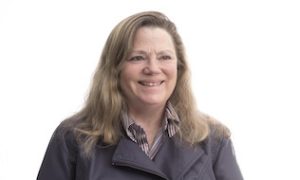 Guelph, Ontario
Guelph, Ontario
Here is a little bit about my Melanoma journey.
In 2018, things changed for me, as I was diagnosed with BRAF stage 3 melanoma skin cancer. At the end of February 2018 I spotted a mole on my right chest, it was black with dry flaking around it.
I went to see the family doctor right away and she referred me to a dermatologist. When I received the appointment from the dermatologist it was not for six months. I called immediately to see if I could get in sooner, I got in for early March 2018.
The dermatologist said “I do not think it is cancer but let’s do a biopsy.” A week later, on March 15, I was in a meeting and my phone rang. It was the Dr he said, “Karen, sorry, you have melanoma.” He then proceeded to tell me he made appointments with the surgeon already. It was a week later. I do not remember anything at all he was telling me. My husband asked me questions I could not remember a thing. I dropped the phone and went into panic mode. My emotions were running very high and I was pushing my husband away as I wanted to look after everything myself. The word cancer scares anyone beyond words.
I had two major surgeries, one in March 18 on 2mm mole and 5 lymph nodes, the second at the end of April 2018, which removed 15 more lymph nodes. In the second week of May I saw my oncologist, Dr Rajagopal, who is the only melanoma specialist in Halton and Peel Area. I was shocked to learn that the medication I required was not covered by OHIP (Ontario health insurance plan); it had just been approved by Health Canada in 2017. The drugs were very expensive, at $20,000 per month. I also applied to the Trillium Health Fund, but my employer insurance provider that I had been paying into for 15 years covered 100% of the cost. Otherwise, I would have had to spend my retirement savings on the medication. I was told that without accepting treatment, I would die in 2-3 years. While there were some side effects, such as high fevers and migraines, I knew the benefits would outweigh the costs.
I wanted to prove to myself and to other cancer patients that you can do anything. Since being diagnosed and throughout my treatment, I did my first 5km run with my husband running beside all the way. Even if you are in treatment, you can still take care of yourself and your body.
I came in contact with Save Your Skin when my company was bought out. I had no benefits with the new company, so the Dr. referred me to them. This group has been very supportive, a great group and I am glad I am volunteering my time for a great cause. Kathy and Natalie are very close friends to me outside of the business also. Save Your Skin is a family and we watch out for everyone and help each other. I have been very involved in Save Your Skin awareness initiatives and am on the board.
If it was not for my support team, my hubby Brad Buckler, and the great team at Save Your Skin, I would have thrown the towel in long time ago.
In December 2020, I had a reoccurrence of the melanoma in my lymphatic track and side of my lung. They could not do surgery where all the little tumors were. My doctor and I decided to do immunotherapy. I did my first one January 12, 2021, felt great for up to two weeks. After that it attacked my muscles and vocal cords etc. I could not walk without a cane; I could not talk. The oncologist referred me to a rheumatoid doctor and I was on steroids for 6 months. I was scheduled to do more treatments, but I said no more. The Oncologist agreed with me. I found a physio therapist that would work with me to get my muscles back after no walking, or talking. In a month I was walking with no cane and lifting my arms, etc.
In November 2021, the Dr said there is no signs of cancer or tumors. We did another CT scan in August and we got the all-clear NED. I am living life to the fullest going to the cottage, hiking, doing things I want to do. I tell other people exercise, eat clean, and drink lots and lots of water to help stay healthy.
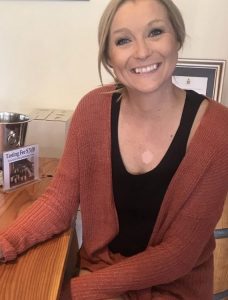


 West Vancouver, British Columbia
West Vancouver, British Columbia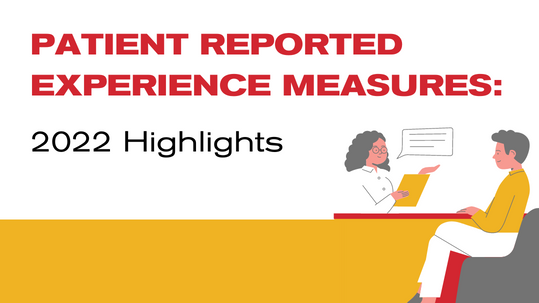
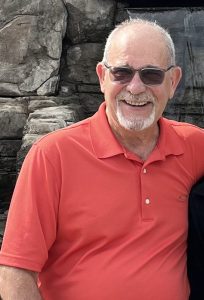
 Edmonton, Alberta
Edmonton, Alberta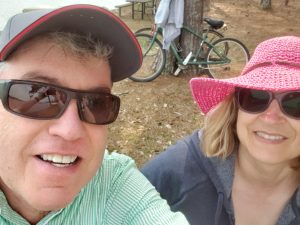 Edmonton, Alberta
Edmonton, Alberta Guelph, Ontario
Guelph, Ontario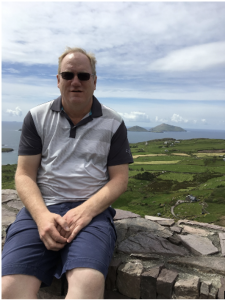 Whitecourt, Alberta
Whitecourt, Alberta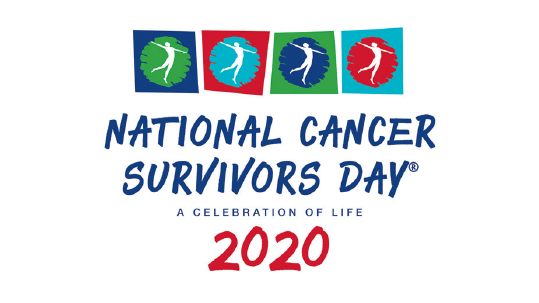
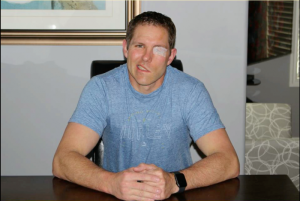 Prince George, British Columbia
Prince George, British Columbia